A World in A Teapot
Date: Jun 12th to Aug 12th
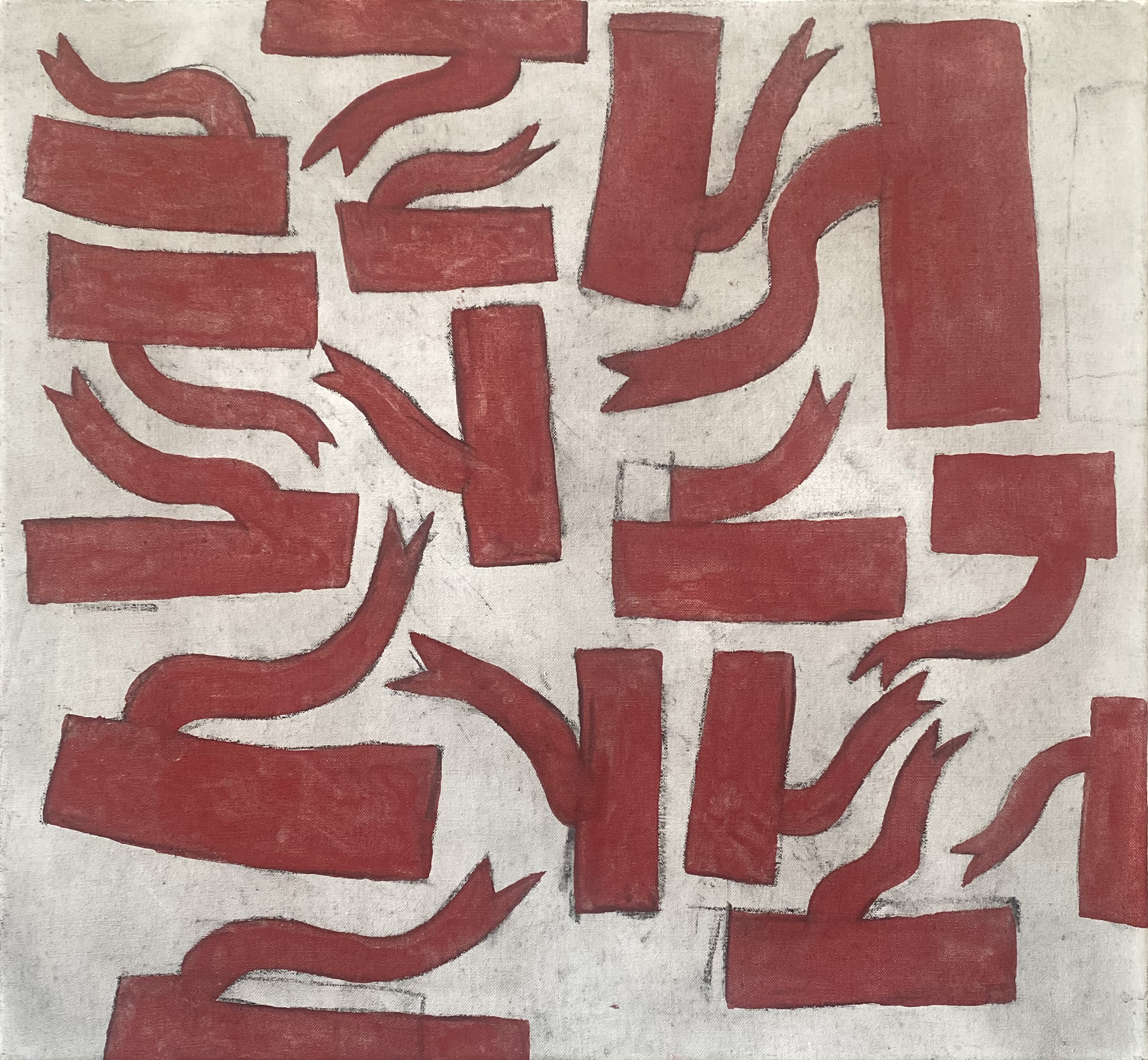
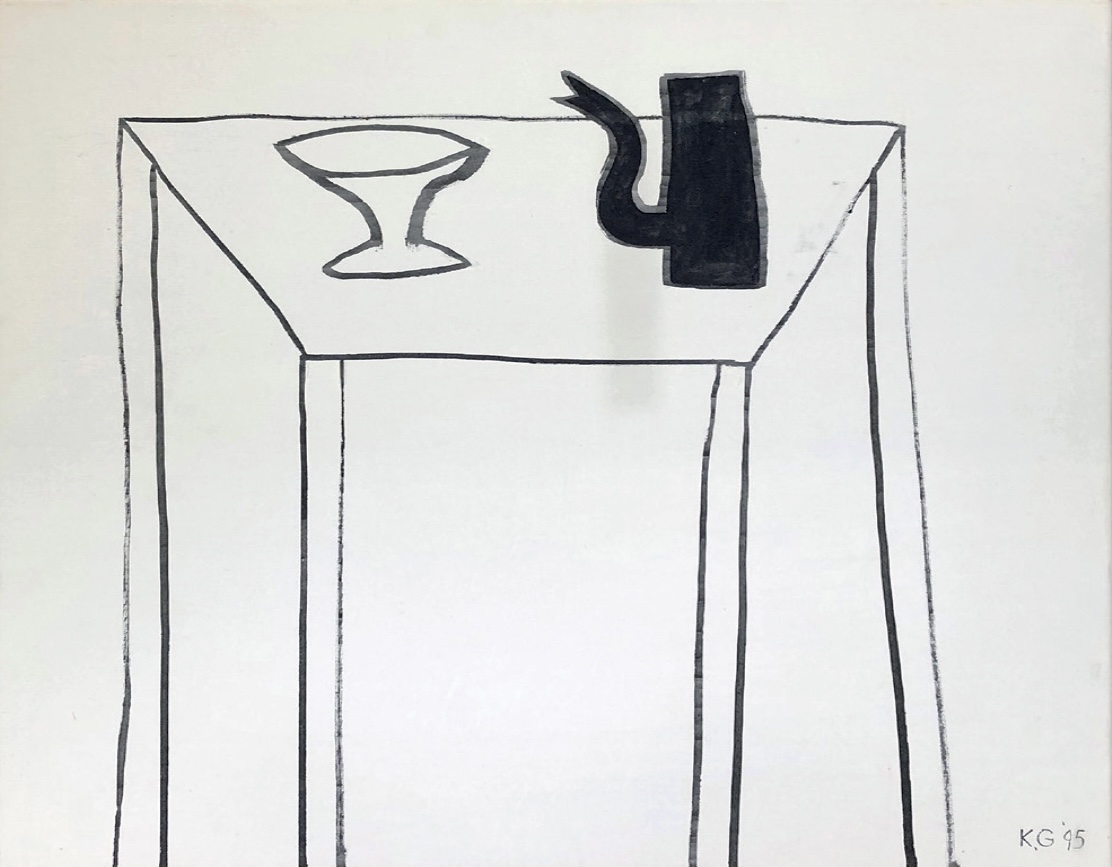
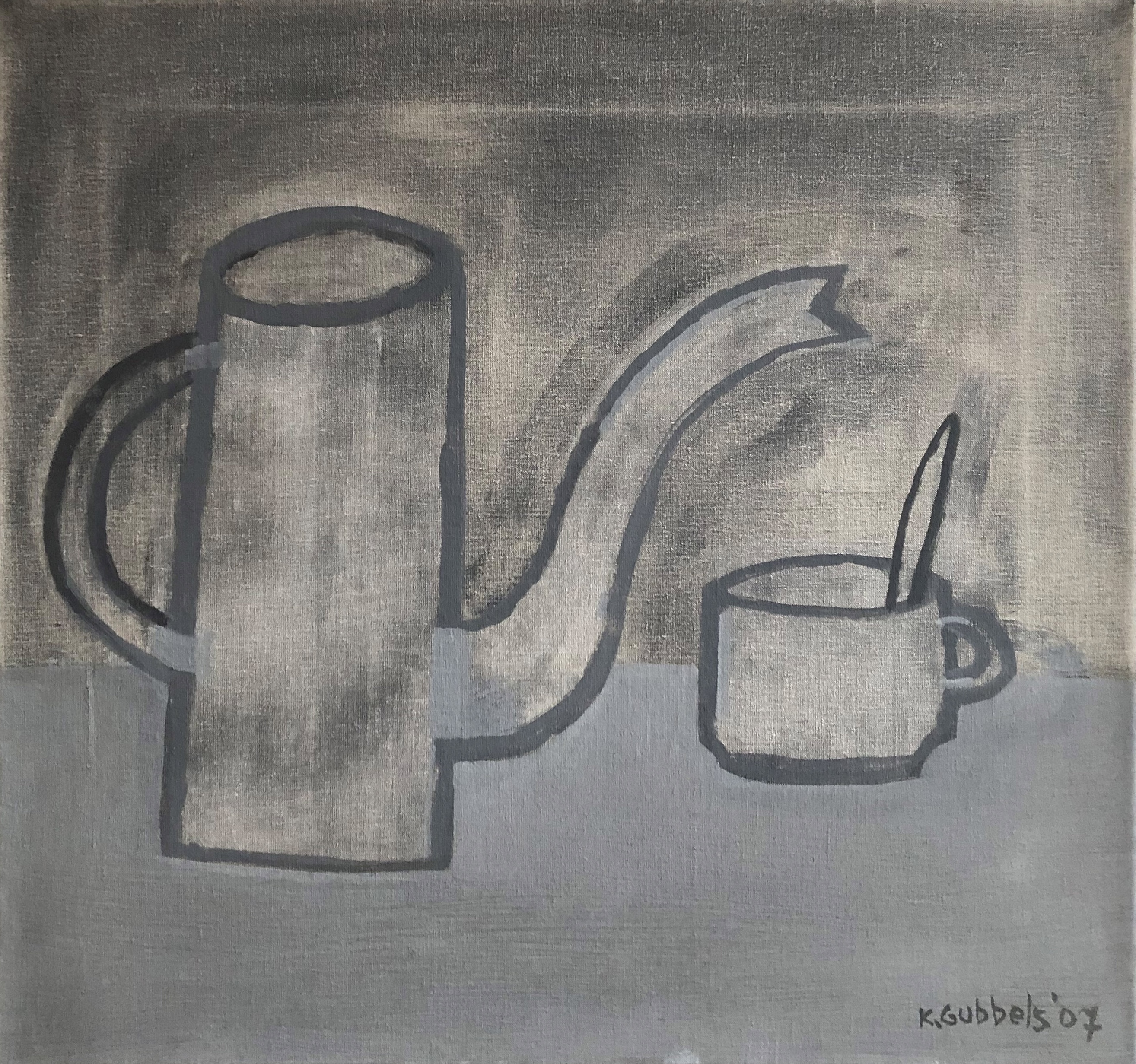
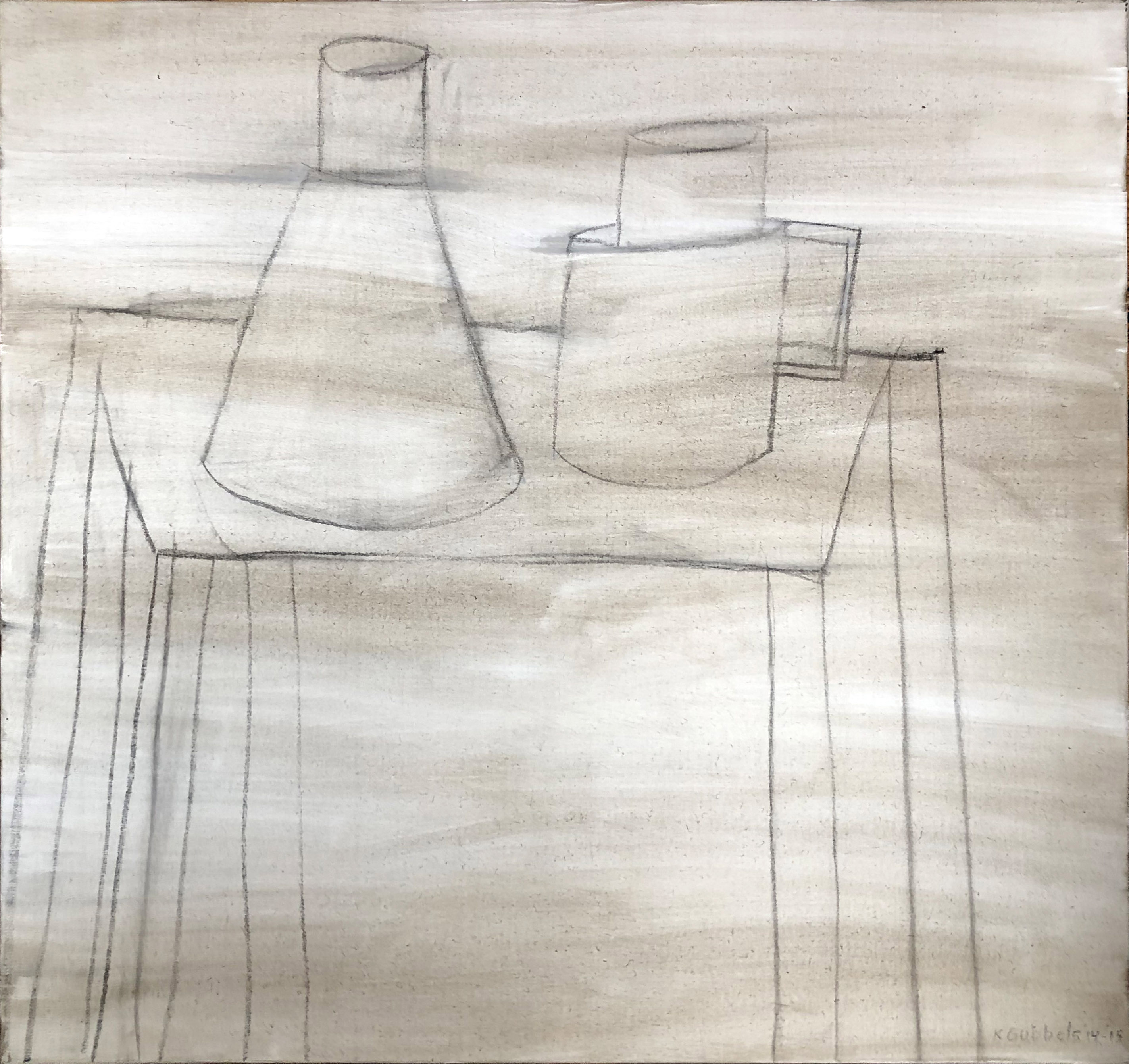
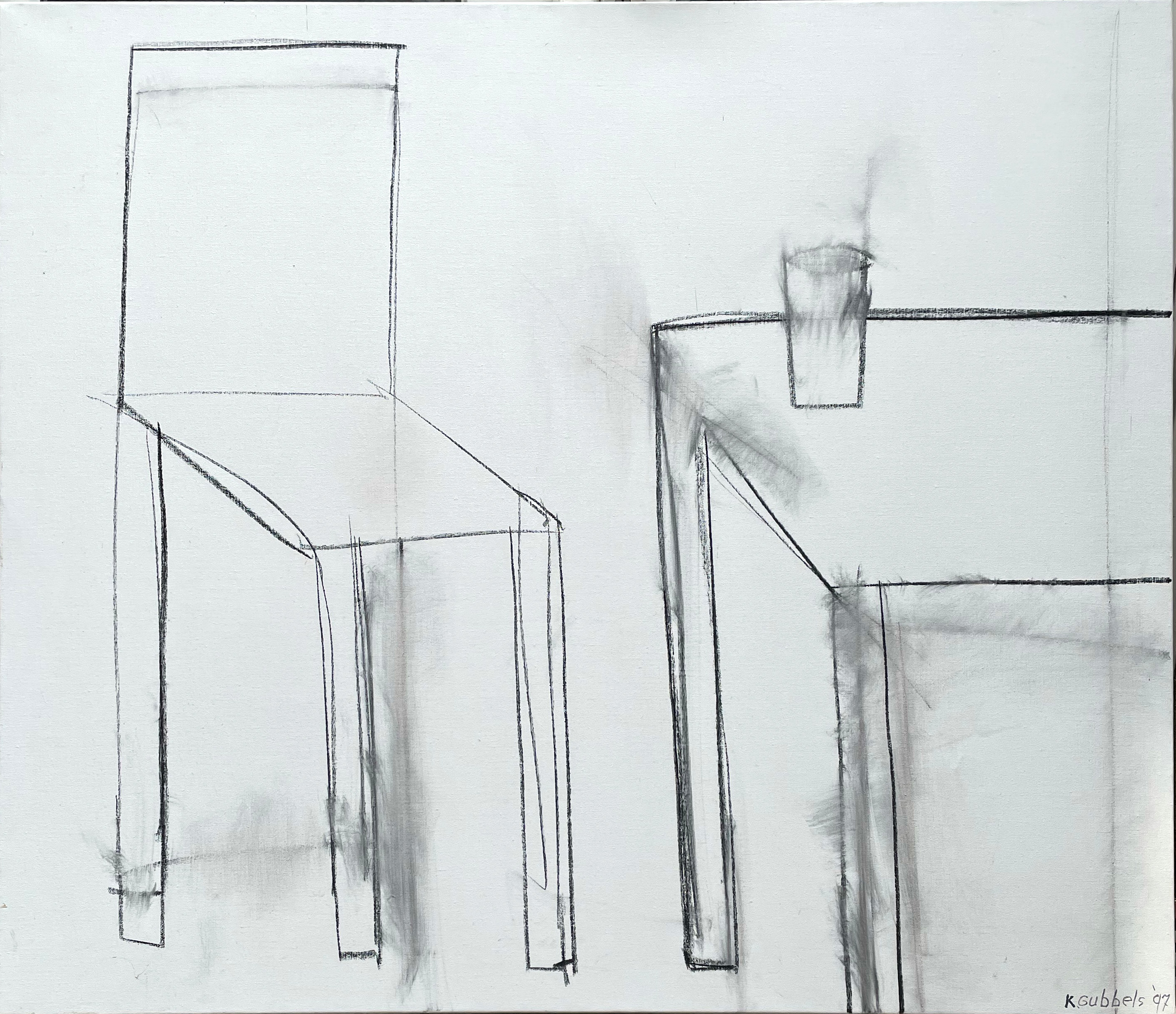
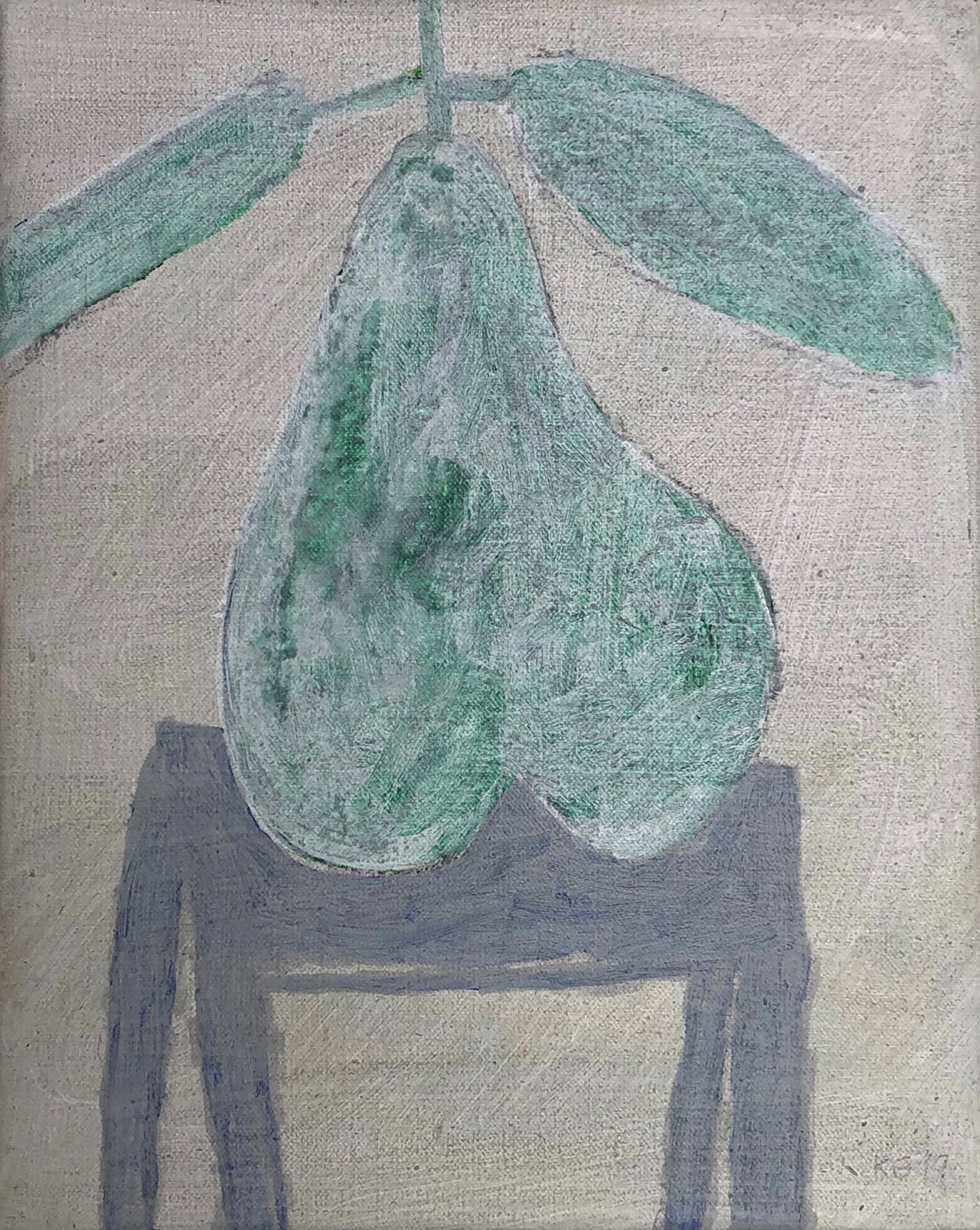


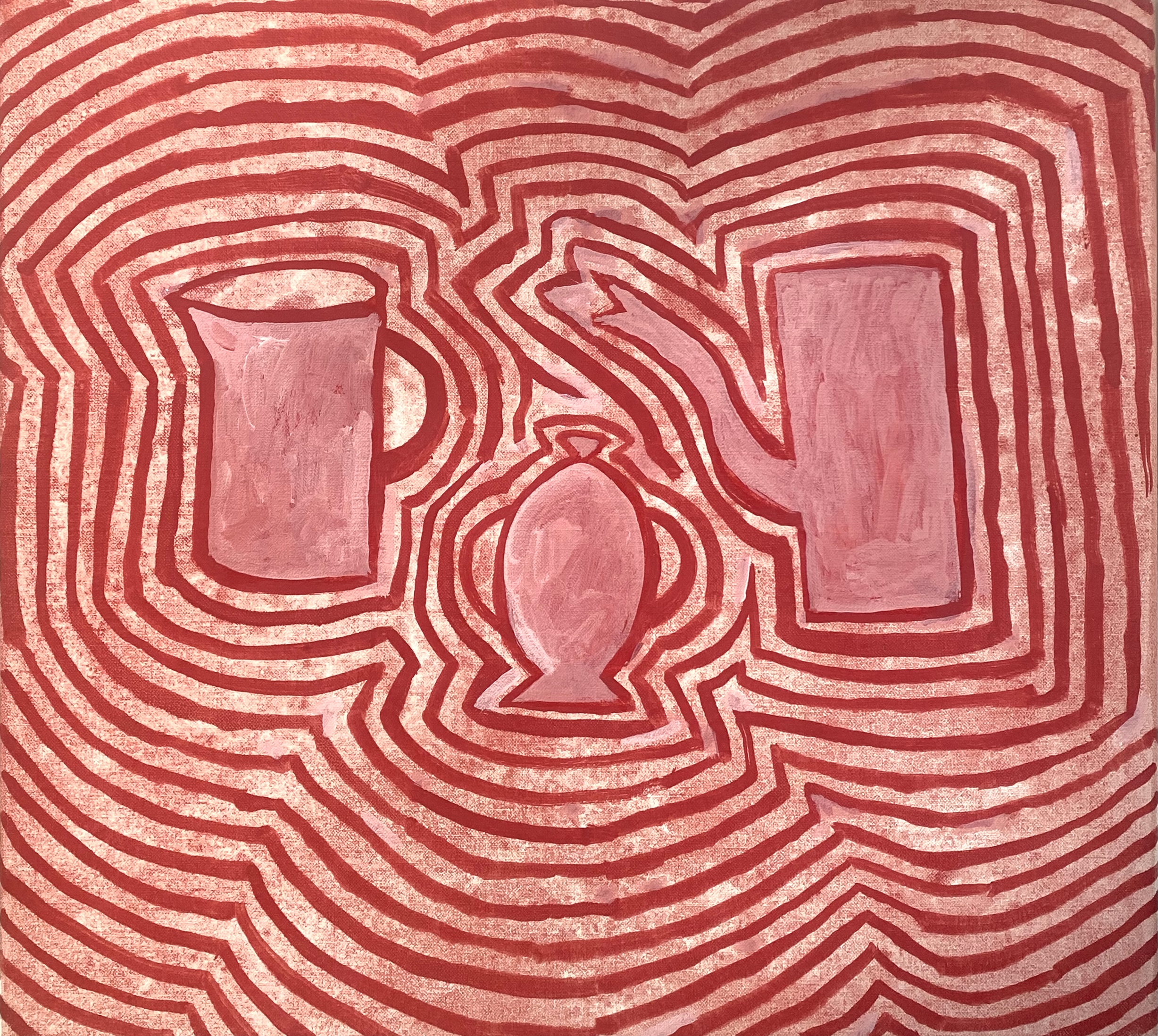

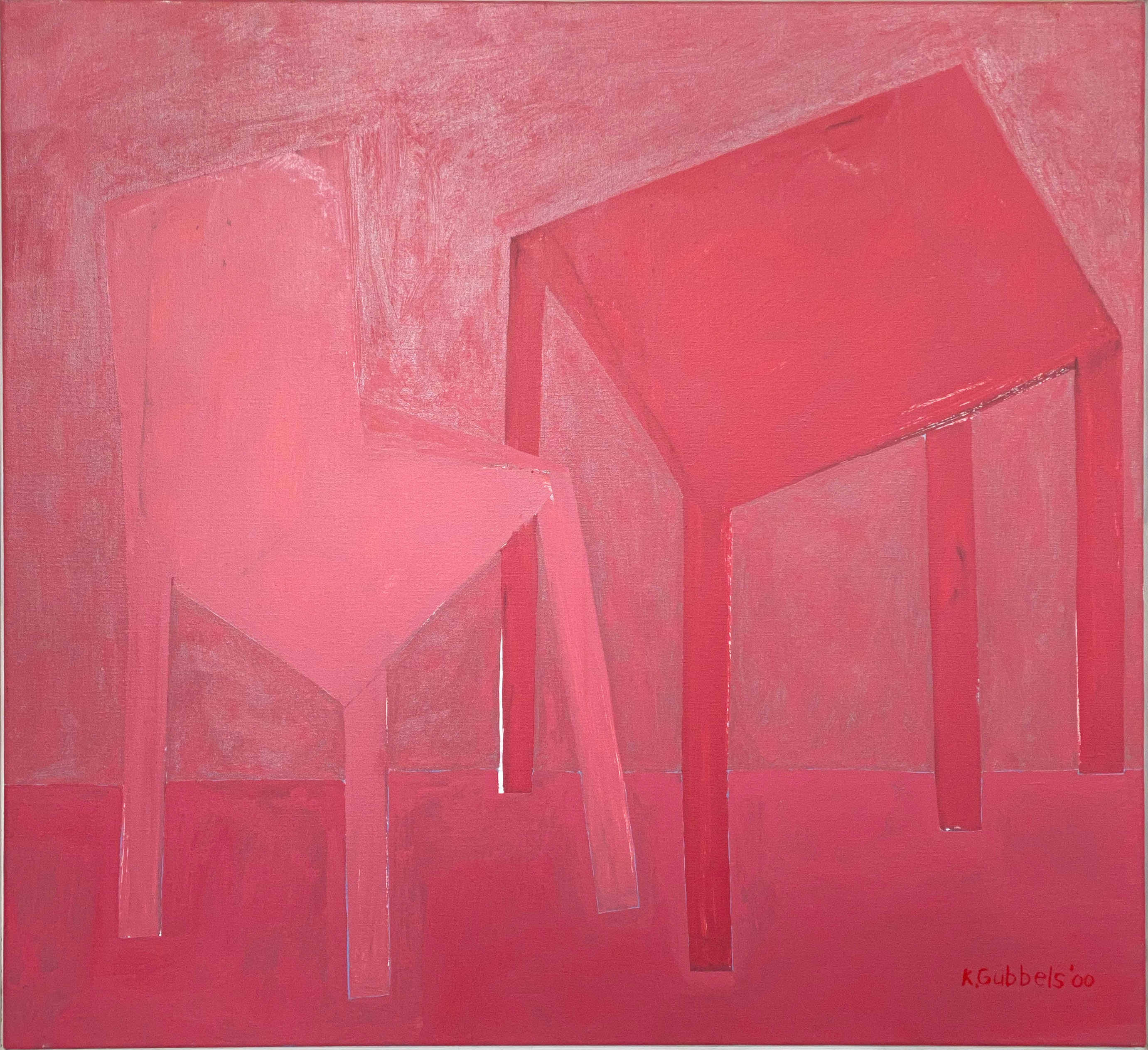

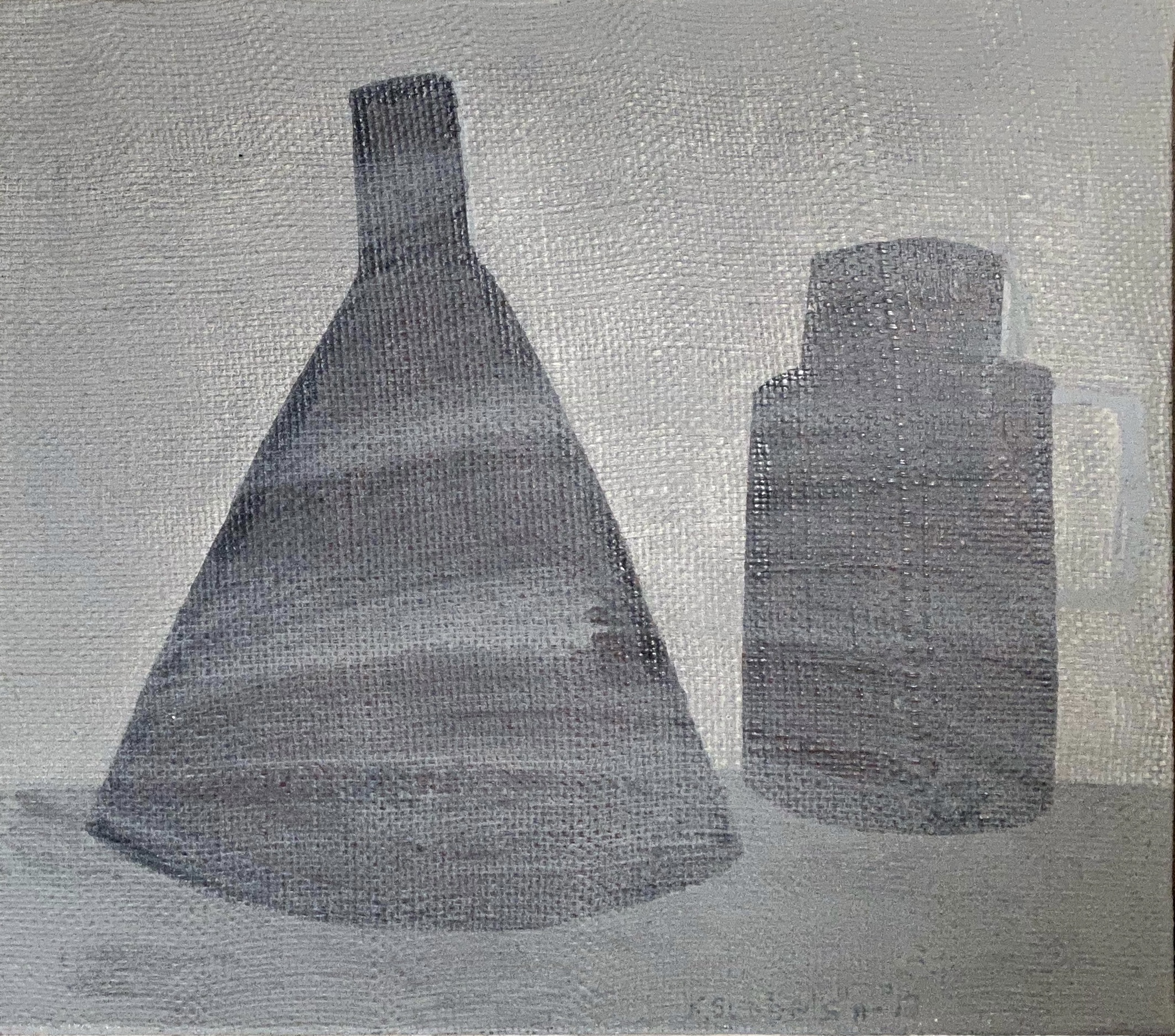
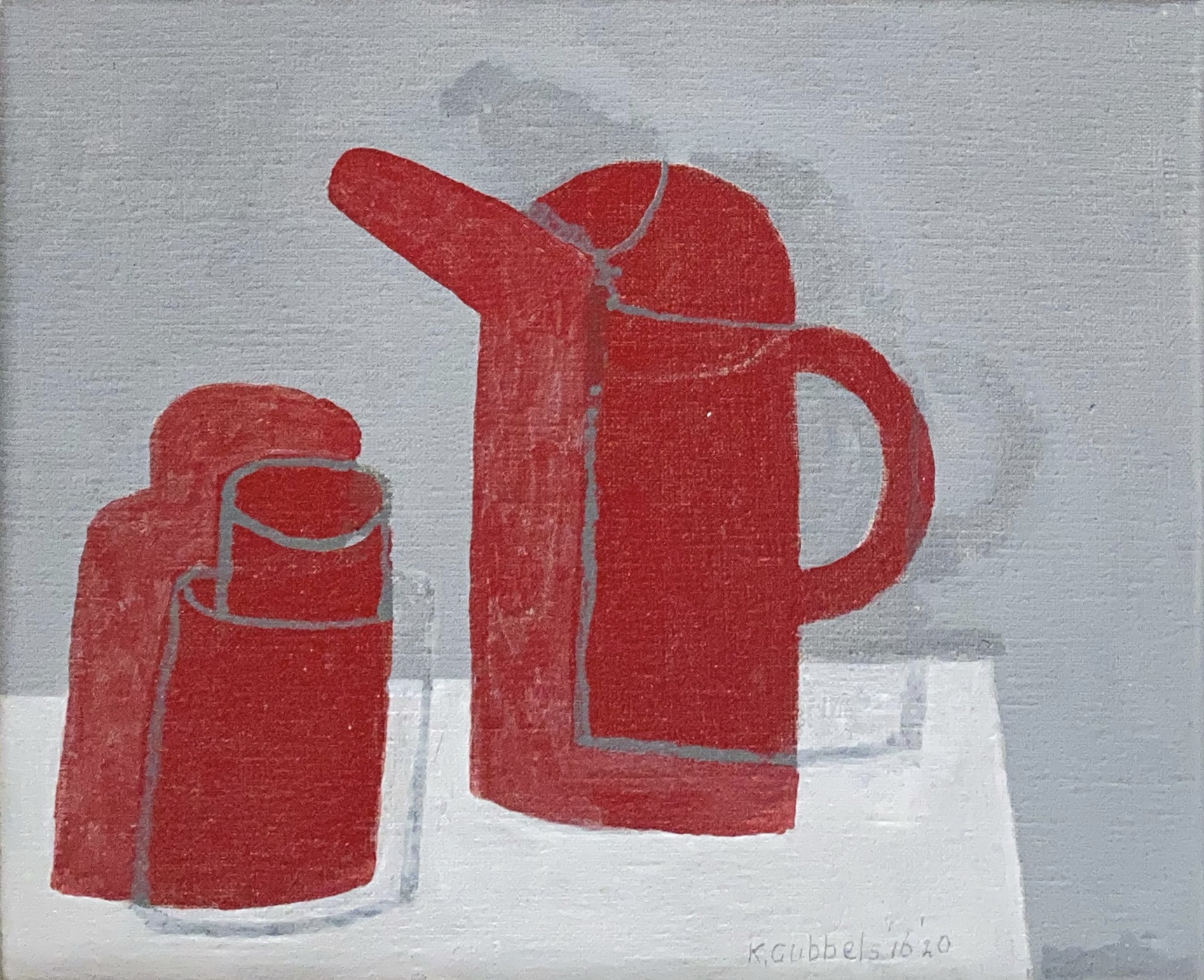
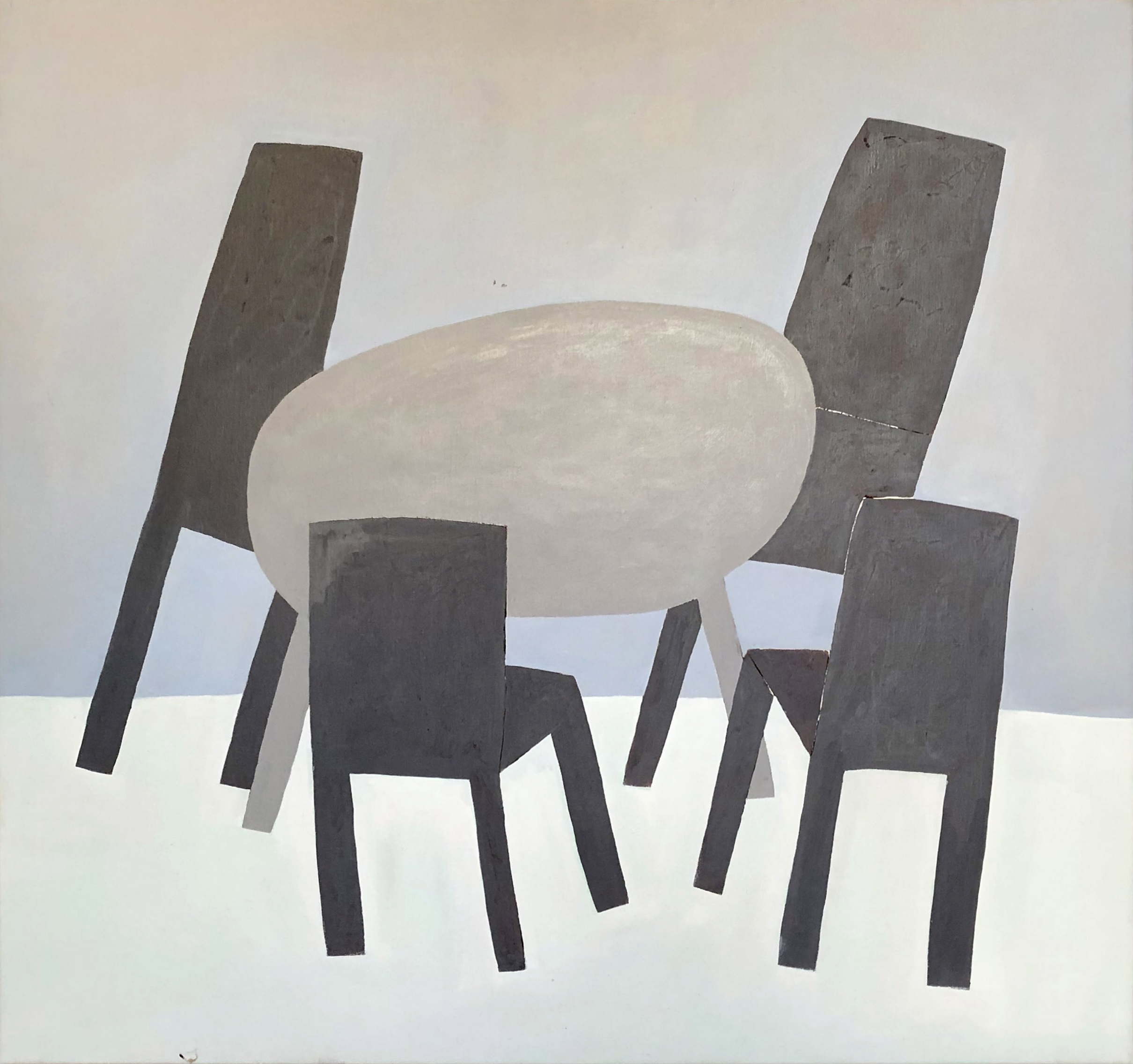
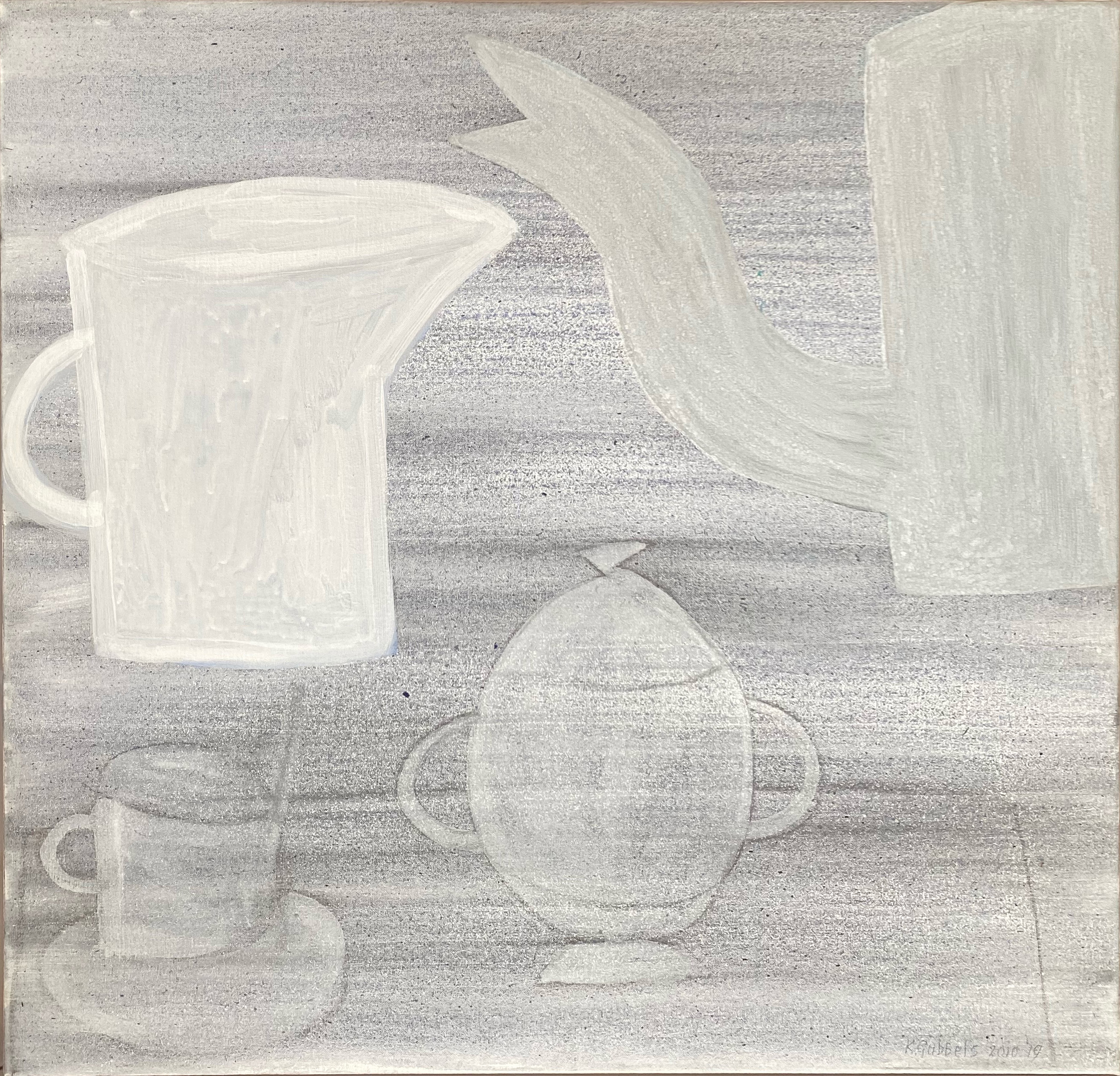
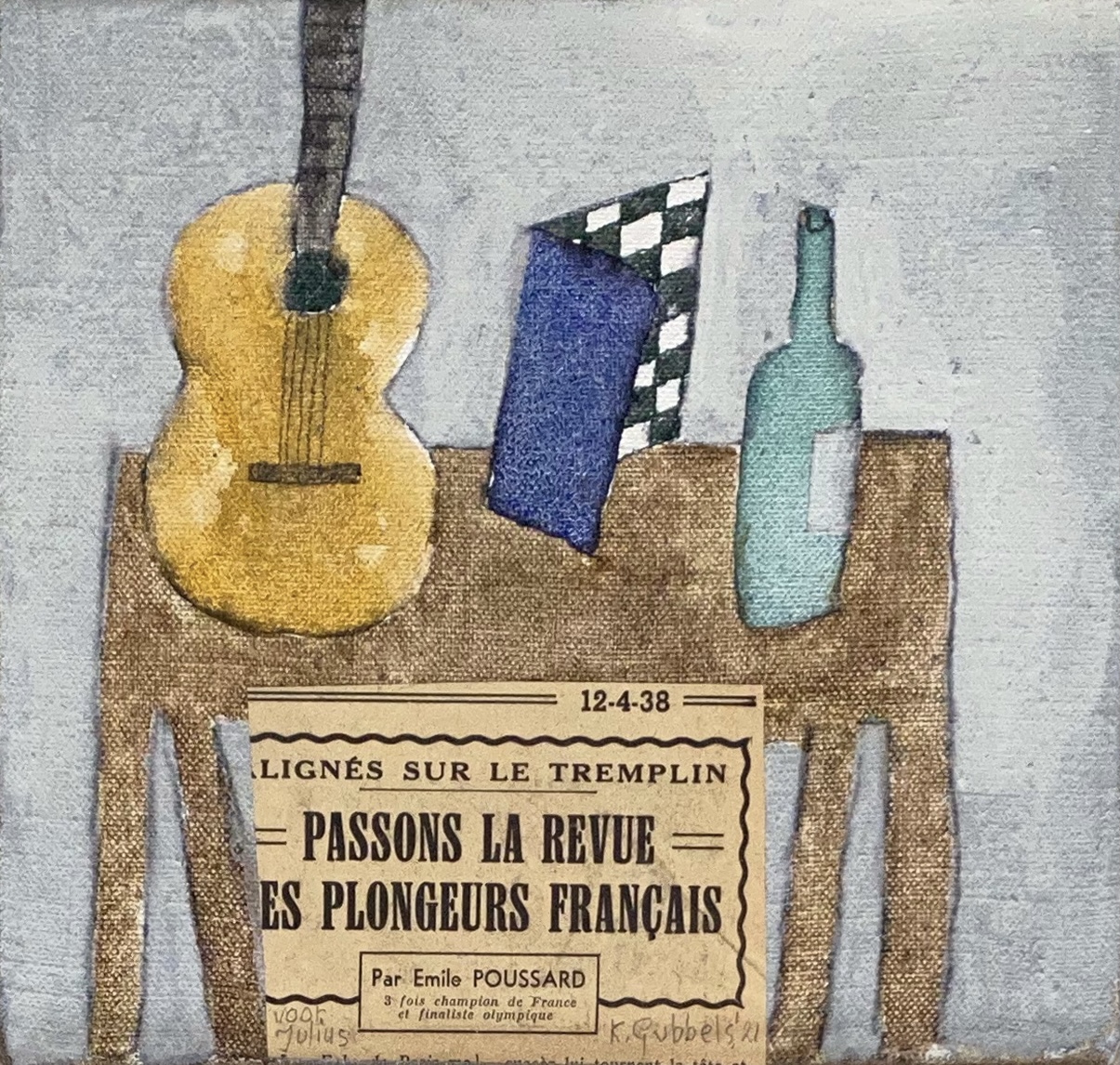
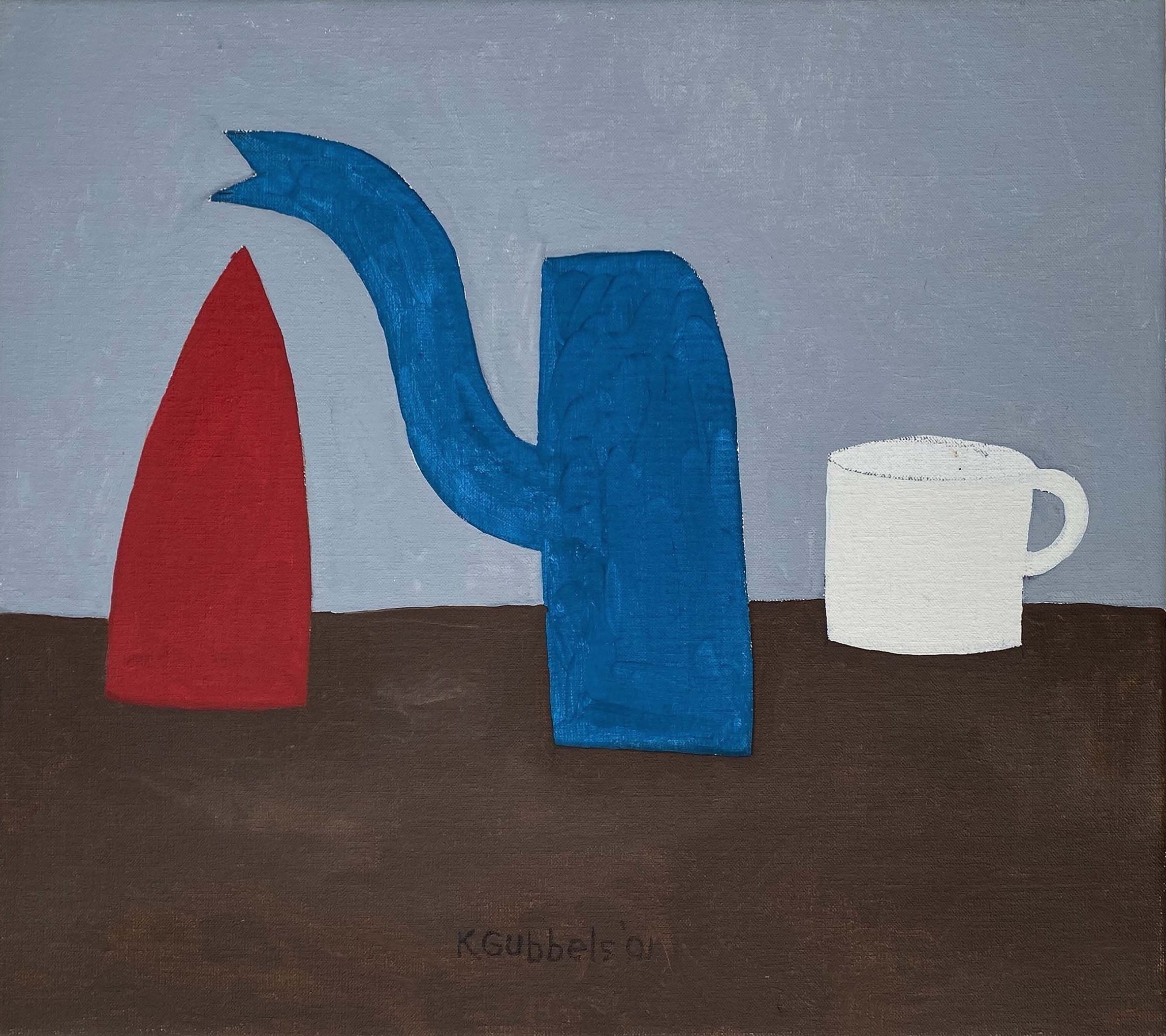
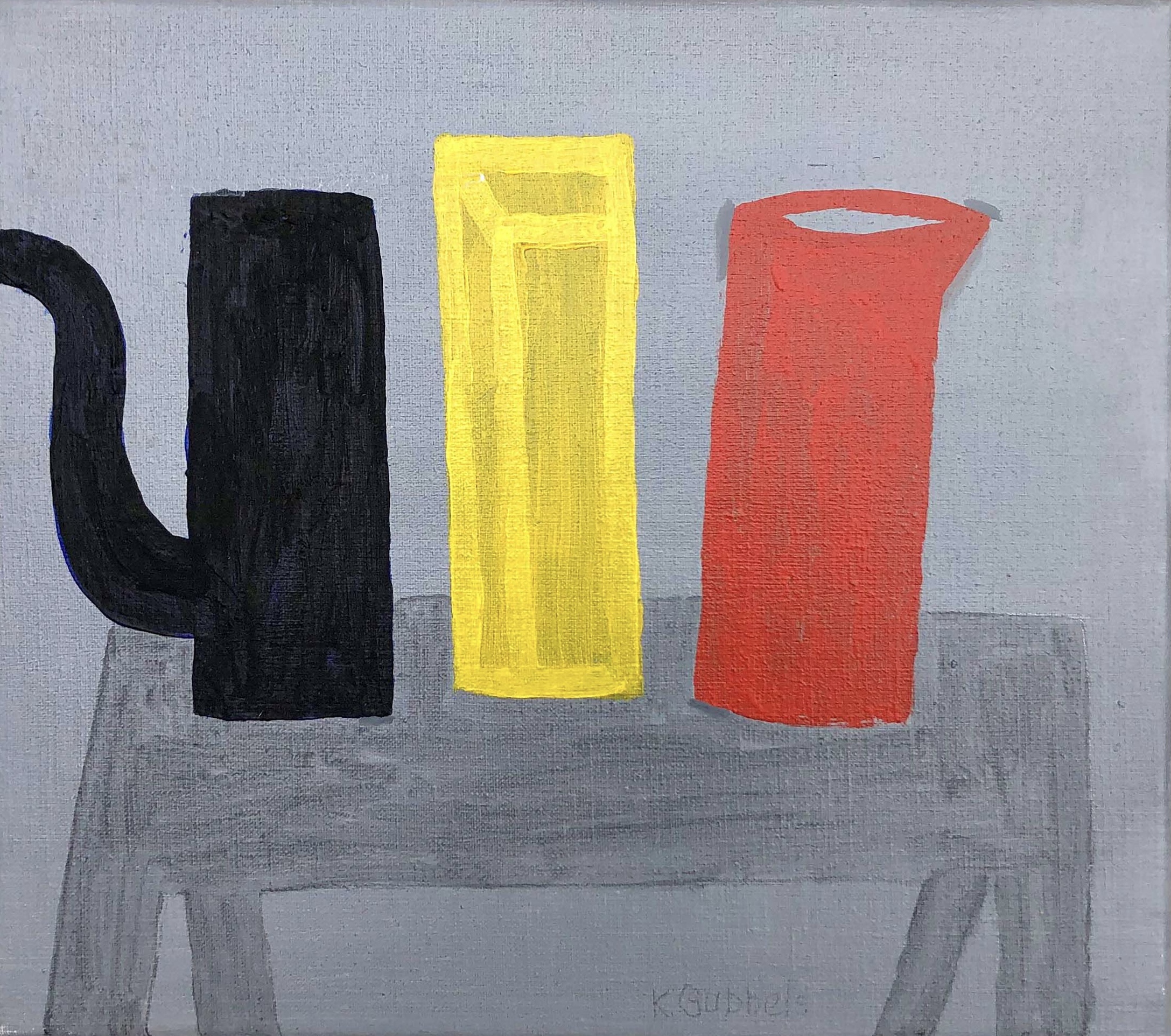
Press Release
AroundSpace Gallery is honored to present a solo exhibition of Dutch artist Klaas Gubbels in Shanghai after the pandemic. Titled A World in A Teapot, the exhibition showcases more than 20 paintings made between 1995 and today.
Just like apples in Cézanne’s painting and sunflowers in Van Gogh’s, teapots (or coffee pots, kettles) occupy the center of Gubbels’ art. Popular in the Netherlands, Gubbels’ painting and sculpture works are collected by institutions such as Rijksmuseum and Stedelijk Museum Amsterdam. His unique rendering of teapots are household images and memories among Dutch audience and also are appreciated and collected by generations of Dutch royal family members. The teapots in Gubbels’ works have semigeometric shapes, neither round nor square, unadorned but not simple. A painting with multiple red
teapots lying in various directions may remind viewers of afternoon tea in Alice’s wonderland. Another black and white one has powerful lines, which looks like a contemporary ink painting. Gubbels studied advertising painting in his youth which has left a trace of graphic design in his art. Graphic design techniques such as silkscreen and stencil print also influenced his art practice. In the last couple of years Gubbels has become comfortable with woodprints. “A woodprint fits me like a glove,” he once said.
Moreover, his background in architecture and sculpture contributes to abstract images, saturated colors,
bold compositions and the volume-ness in his paintings.
Only two percent of the size of China, the Netherlands has a great art tradition. The 17th Century Golden
Age Dutch painting achieved glorious excellence in developing various genres and verisimilitude in oil
painting with the emergence of masters such as Hals, Rembrandt, and Vermeer. In Modern times, Van
Gogh and Mondrian departed from Realist art to Expressionist and Abstract painting remaining at the
forefront of avant-garde. Shadowed by these grand masters, Gubbels chose his motifs from ordinary daily
objects, tables and chairs, cups, tea/coffee pots, etc. and has created enduring works with refined and
contemplative shapes and lines. He believes in the simple life and parsimony of aesthetics, perhaps
influenced by Calvinist values. Gubbels’ art does not seek the meticulous description of lights and
texture, as the masters in the Golden Age did, yet it follows their pursuit of finding beauty in everyday
life.
The works included in this exhibition cover nearly 30 years and present the artist’s trajectory of exploring
and developing his own style. One can easily spot the homage and gratitude paid to Cubist leader George
Braque, Italian artist Giorgio Morandi, as well as the pioneer of contemporary art, Marcel Duchamp. Ssu
k’ung T’u (837-908), the nineth century literature critic, stated in his Twenty-Four Categories of Poetry,
“Tao does not define itself or have a certain form, like water, it can fill into either round or square
containers.” Nor can great art be defined or created by a fixed medium; it exists in endless variations.
Thus, Gubbels is able to build his entire art world in his unique shaped teapots.
Artists

